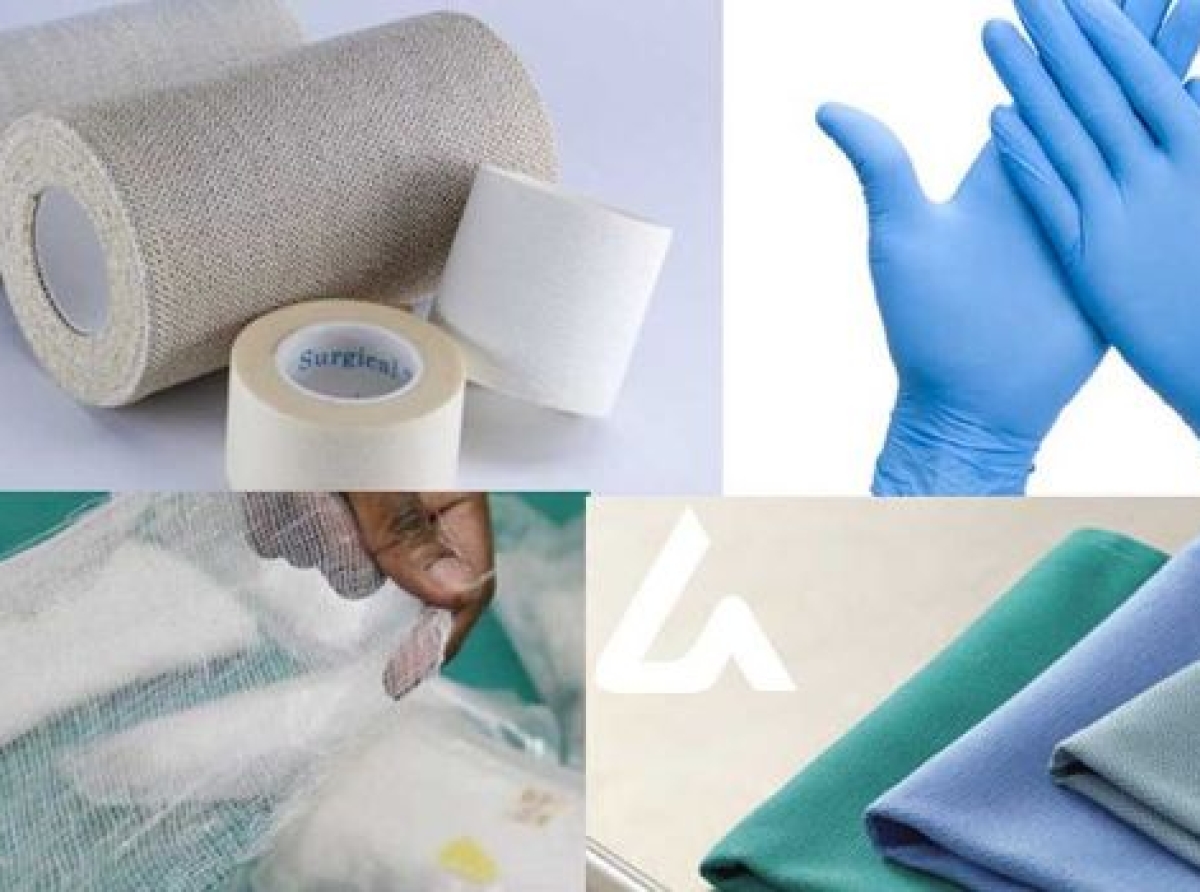06 March 2023, Mumbai
Trends and technologies
Key takeaways in the healthcare fabrics industry are:
Nanotechnology
Nanotechnology involves the manipulation of materials at the nanoscale to create fabrics with enhanced properties. In healthcare, nanotechnology use is intriguing for creating fabrics that are water-repellent/resistant, stain-resistant, and have improved incredibly antibacterial properties.
Biodegradable and Biocompatible Materials
Discovery mechanism; With the increasing focus on the aspect of sustainability, the healthcare fabrics industry is also in the process of discovering the use of biodegradable and biocompatible materials. These materials are safe for human use and can be easily broken down by natural processes/bio-degradable, lessening the environmental impact of healthcare fabrics.
Seminal
Virtual Reality and Augmented Reality
Virtual reality (VR) and augmented reality (AR) technologies have the potential to transform healthcare by providing immersive experiences for patients and healthcare providers. In the healthcare fabrics industry, VR and AR can be used to simulate the properties of fabrics and their interaction with the human body.
Artificial Intelligence; There is little doubt that Artificial intelligence (AI) has the potential to improve the efficiency and accuracy of healthcare fabrics manufacturing processes. AI can be aptly used to analyze data on fabric properties and optimize the production process/s to greatly improve quality and reduce waste and wastefulness.
On the whole, the healthcare fabrics industry is anticipated to continue to innovate and evolve to meet the emerging needs of the healthcare sector. Going forward, the growing focus on sustainability, personalized care, and infection control is expected to only improve the adoption of new materials and emerging technologies in this industry.
CREDITS: Devyani Sharma Senior Business Analyst (Textile and Fabrics)

























